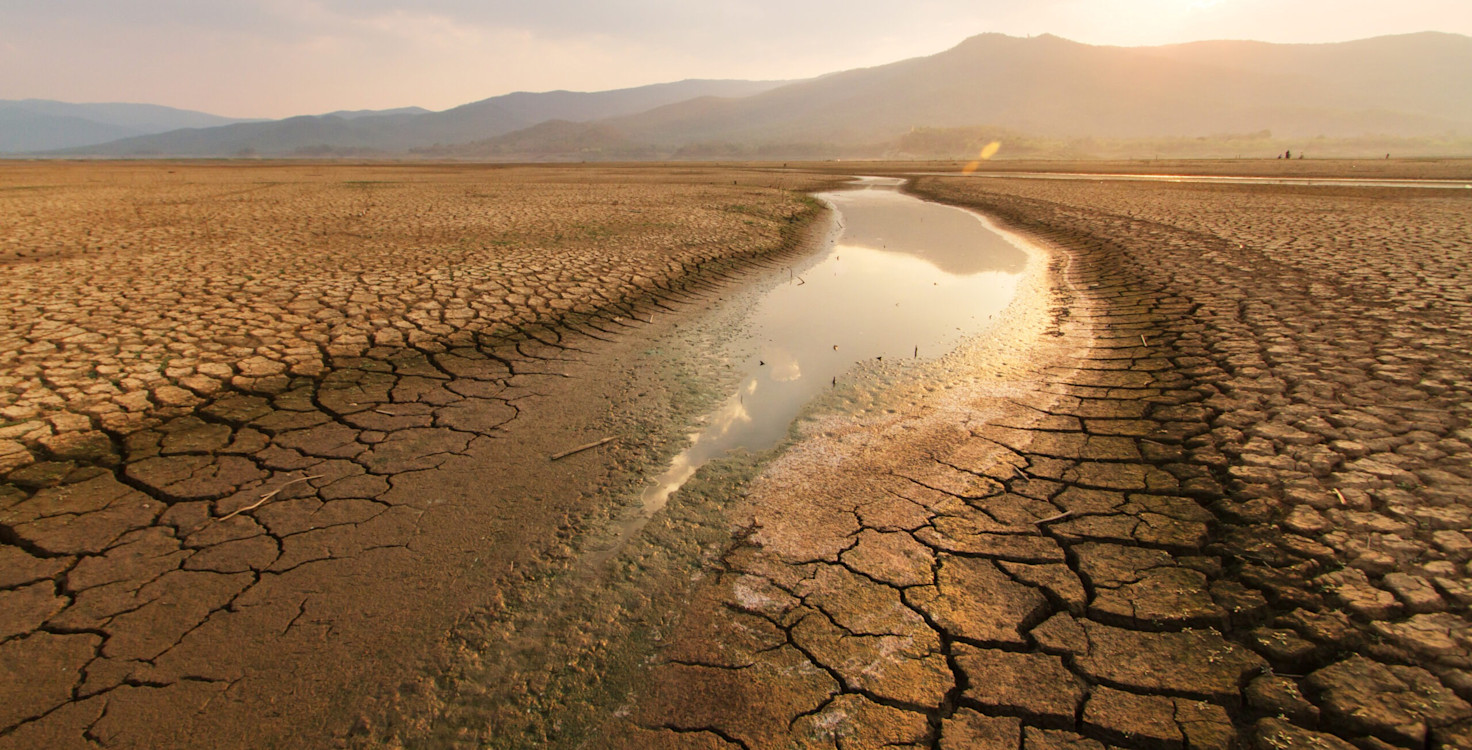With the FAIRR team heading into a busy NY Climate Week, it is worth reflecting on the extreme meteorological conditions we experienced this past summer. With the thermometer topping 40oC in the UK, severe wildfires in France and Spain, a ‘dire and grim’ drought impacting more than 7 million Somalians, the catastrophic floods in Pakistan, and the Western US experiencing “aridification” alongside dozens of temperature records, extreme heat is becoming a regular occurrence across the world.
From buckling train lines to reduced productivity and spiralling air conditioning costs, no household or sector has been immune. And it is not just human health at risk from the extreme heat, but also the livestock at the heart of global intensive agriculture sector. The material impact of this extreme heat on the intensive agriculture sector highlights yet another material risk inherent, yet currently hidden, in this sector.
Livestock in the News
Heat stress among livestock is the most visible and well-documented impact of extreme heat on animal farming. It is something FAIRR reported on way back in 2016 in our first-ever research report – warning of a 21% rise in ‘heat stress’ days in the next 30 years likely to hit the cattle industry due to a warming climate.
The trend was more recently highlighted in last year’s IPCC report, which found that heat stress among livestock in an increasingly warmer world could wipe 20% off the global value of beef production ($38 billion) and 7% off dairy production ($22bn) by the end of the century. FAIRR’s Climate Risk Tool found that increased cattle mortality due to climate change has the potential to reduce the earnings of some of the biggest beef producers by up to 29% by 2050.
Beyond Cattle
This past July’s heat wave saw millions of factory farm chickens in the UK “written off”, both literally and financially, as they died of heat exhaustion in temperatures of up to 45oC in poorly ventilated sheds. Animals all across the world are now feeling the strain, with horses and bats in Australia succumbing to the heat, and Koalas dropping out of trees one by one.
Extreme heat means animals need twice as much water (an increasingly expensive and scarce resource) as normal, and, for every degree of warming, the average animal’s food intake decreases by 3-5%, resulting in reduced productivity and higher mortality. Ingredients for animal feed are vulnerable too, with soya bean yields across Europe forecast to drop by 8% this year.
The recent drought in the UK has decimated fields, leaving a shortfall of animal feed for the coming winter, and cattle farmers are facing a tough decision of whether to offload their herds early to avoid the rising costs of grain. Selling cattle early will saturate the beef market and drive prices down in the short term, before increasing again due to scarce availability of beef products later in the year, hitting the pockets of both producers and consumers.
Conventional Production Has No Choice but Cut to Carbon
The full-scale impact of extreme heat on intensive agriculture are yet to play out fully, but unless conventional meat production methods adapt and shift, falling profits will start to bite.
There is a vicious circle that needs breaking, as animal agriculture itself is a major driving force of the climate change most likely driving the extreme heat. Livestock production alone is responsible for at least 14.5% of the world’s greenhouse gases, more than the entire transport sector. Grazing animals cause about 40% of human-generated methane, and agriculture causes more deforestation than any other industry.
If the global economy continues to act on a ‘business as usual’ basis, then, in three decades time, according to one study, more than 100 million Americans will live in an “extreme heat belt” where for at least one day a year the temperature will exceed 125° Fahrenheit, or 52°C.
Maintaining production volumes in animal farming at these high temperatures may simply become impossible with current business models. The financial imperative for investing in a rapid and just transition of the food sector is becoming clearer with every devastating fire, drought and heat-induced death.
Last week’s Executive Order from the Biden Administration on Agricultural Innovation and cultured meat was a welcomed announcement. The announcement linked cultured meat with food security – ahead of the White House Summit on Hunger, Nutrition and Health which takes place later this month. This week will be yet another critical convening to bring finance and innovation to the fore. Not surprisingly, that is the narrative FAIRR and our partners will be driving: Agriculture is an integral part of climate solutions. We need more collaborative research, more corporate engagement, and more innovative, transformative public and private finance.
If you are in New York and would like to meet with a member of the team, please contact Sofía De La Parra, Senior ESG Analyst, at sofia.delaparra@fairr.org.
FAIRR insights are written by FAIRR team members and occasionally co-authored with guest contributors. The authors write in their individual capacity and do not necessarily represent the FAIRR view.
